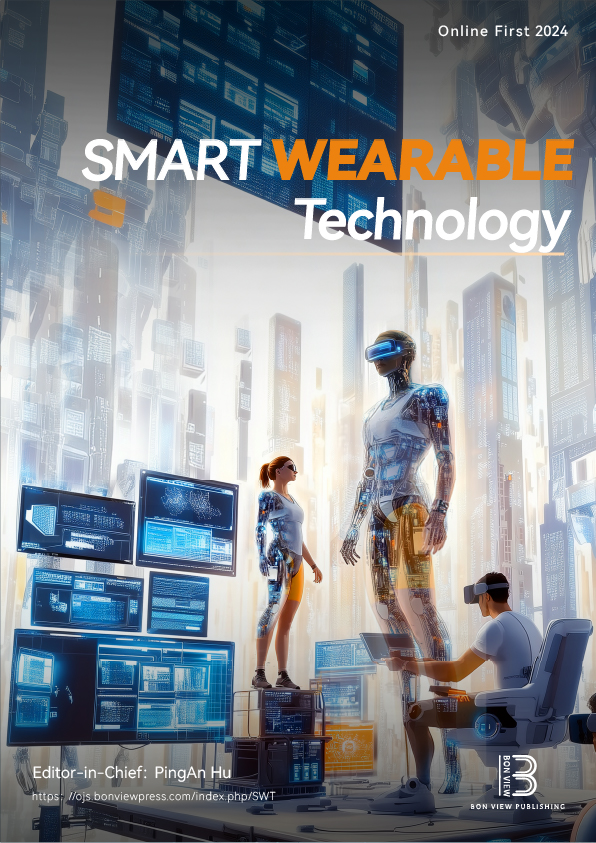Virtual Reality Smart Wearable Technology for Personalized Chronic Pain Intervention
DOI:
https://doi.org/10.47852/bonviewSWT52025700Keywords:
smart wearables, personalized medicine, pain management, chronic pain, virtual realityAbstract
While immersive distraction has been explored as a method of chronic pain intervention, fewer studies have assessed how wearable technologies can be leveraged to tailor such experiences to the individual patient. This preliminary qualitative empirical case study of (N = 12) chronic pain sufferers investigated how a heuristic algorithm could be used to detect how an individual patient responds emotionally to a visual cortisol stimulus rendered by each of the following images projected through a wearable visor: (A) Happiness (a woman smiling) and (B) Suspense (a rock climber climbing). The results showed that 75 percent of participants cited image A (happiness), while 25 percent cited B (suspense) as providing the most distraction. Participants were then asked to explain their rationale, with the majority of users saying they preferred to feel happy rather than overstimulated or physically strained during an immersive experience. The participants who preferred the Suspense option tended to cite enjoyment of sports they used to practice prior to the onset of the chronic pain condition. Based on these preliminary results, the basic design for a wearable simulation headset tool equipped with heuristic emotional detection was proposed to help personalize the distractive immersion experience for chronic pain sufferers. Such a device would support chronic pain researchers and clinicians to develop less invasive pain management techniques.
Received: 15 March 2025 | Revised: 30 April 2025 | Accepted: 14 May 2025
Conflicts of Interest
The author declares that he has no conflicts of interest to this work.
Data Availability Statement
Data sharing is not applicable to this article as no new data were created or analyzed in this study.
Author Contribution Statement
Sarah Katz: Conceptualization, Methodology, Software, Validation, Formal analysis, Investigation, Resources, Data curation, Writing – original draft, Writing – review & editing, Visualization, Supervision, Project administration.
Downloads
Published
Issue
Section
License
Copyright (c) 2025 Author

This work is licensed under a Creative Commons Attribution 4.0 International License.


